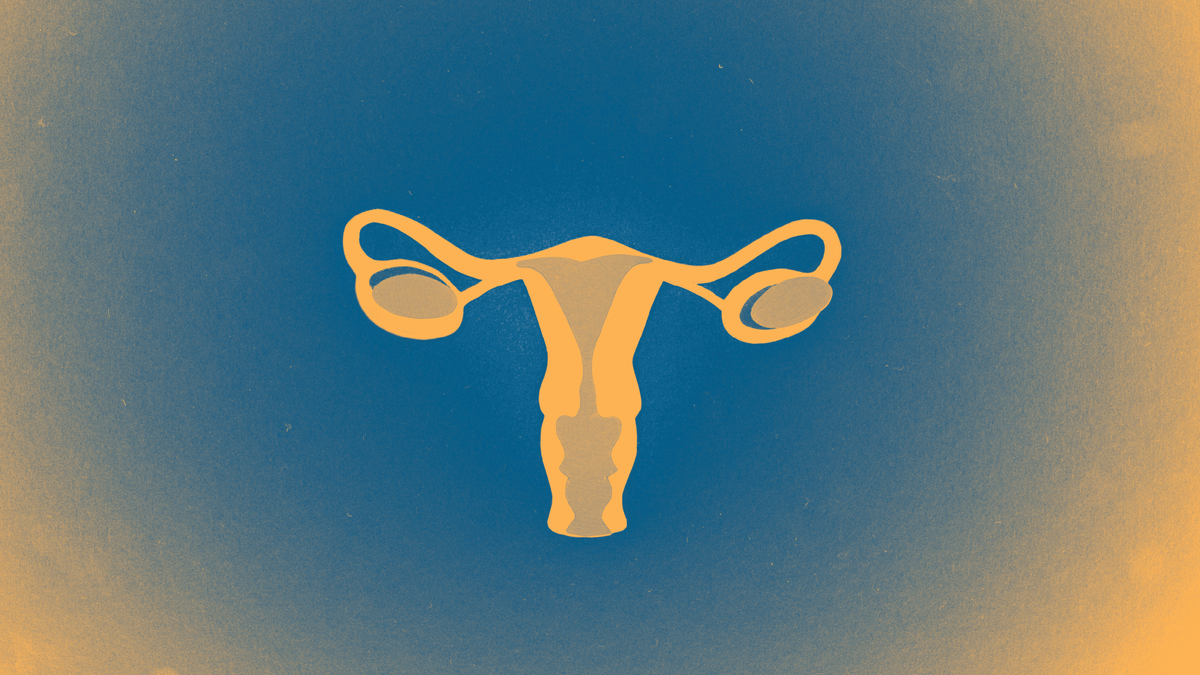Planned Parenthood faces backlash for offering free medication abortion outside the DNC
Plus, conversations about painful IUD insertion continue.

Plus, conversations about painful IUD insertion continue.
This past week, conversations about reproductive health spiked when a Planned Parenthood serving Missouri and part of southern Illinois announced plans to provide free reproductive health services—including medication abortion—outside the Democratic National Convention in Chicago. Since Missouri has had a near-total abortion ban since 2022, social media users also celebrated a November ballot initiative that could enshrine abortion rights in the state. Elsewhere, conversations about IUDs continued in the wake of the CDC’s new guidelines on pain management for IUD insertion, with a humorous post from a U.S. Olympic rugby player receiving the most engagement.
Recent conversations about abortion continue to reflect disparate and emotionally charged opinions on the subject. This discourse shows the need for science-backed information about what abortion is and what it is not, as well as information about local abortion laws. In response to conversations about IUD insertion, communicators may continue sharing updated pain management options for these procedures, plus information about other types of birth control.

Insights brought to you by the reporters and science writers of Public Good News (PGN), a nonprofit newsroom dedicated to improving community health.
What’s trending nationally in conversations about reproductive health
On August 16, a mobile health center run by Planned Parenthood Great Rivers announced plans to park near the Democratic National Convention in Chicago and provide free reproductive health services, including medication abortion, emergency contraception, and vasectomies. Within a day, the center announced that all appointments for vasectomies and medication abortions were filled. The initial announcement was covered in several news articles, and conversation spread on social media—primarily on X. The top posts garnered approximately 16,800 engagements (likes, comments, and shares) in the past week. Most top posts were from abortion opponents who called the news “evil,” “disturbing,” and “heartbreaking,” while news articles highlighted the demand for vasectomies.
On August 17, a U.S. Olympic rugby player shared a post on X relaying a conversation with her father, who told her to “have fun” when she mentioned she was going to get her IUD replaced. The player joked, “HAVE FUN?!?! You know nothing, you simple man. Only speak on what you know.” Her post received approximately 233,800 views, 11,000 likes, 160 reposts, and 80 comments as of August 20. Most comments expressed that men don’t understand the pain of IUD insertion. Some shared their own experiences with painful reproductive health procedures, building on conversations that occurred earlier this month after the CDC issued new guidelines for pain management during IUD insertion.
On August 13, the Missouri secretary of state’s office certified that a petition to add an abortion rights initiative to the November ballot received enough signatures from voters. If the initiative passes, Missouri will enact a constitutional amendment that will reverse the state’s near-total abortion ban. Within a day, news of the initiative spread across social media, with most posts on X. Many social media users expressed gratitude that the issue will be decided on by voters rather than politicians.

Recommendations brought to you by the health communication experts behind Infodemiology.com.
Recommendations for public health professionals
Each week, the Infodemiology.com team will provide messaging recommendations in response to some of the trending narratives outlined above. These helpful tips can be used when creating content, updating web and FAQ pages, and developing strategy for messaging about reproductive health.
The high emotions around abortion may cause confusion about what abortion is and where it is legal. Public health communicators may emphasize that abortion is a safe, effective, and common way to end a pregnancy. Messaging can share the fact that nearly one in four women in the U.S. will have an abortion by the time they’re 45. Communicators may want to recirculate information about the types of abortion that are legal in their state, plus any limitations. Stay up to date on local abortion laws with this fact sheet. Explaining that it is legal to travel out of state for an abortion—but some states and counties may penalize those who help others travel for an abortion—and sharing where and how people in your state can access medication abortion is recommended.
News articles referencing the demand for vasectomies provide an opportunity to answer common questions about the procedure. Messaging may emphasize that vasectomies are almost 100 percent effective at preventing pregnancy, that they are meant to be permanent, and that they do not protect against STI transmission.
Continued conversations about painful IUD insertion indicate a need for more messaging about pain management options, as the CDC recently updated its guidance. Communicators can remind individuals that their provider should talk to them about a variety of pain management tools, including topical lidocaine, and recirculate information about other birth control methods and their effectiveness.
